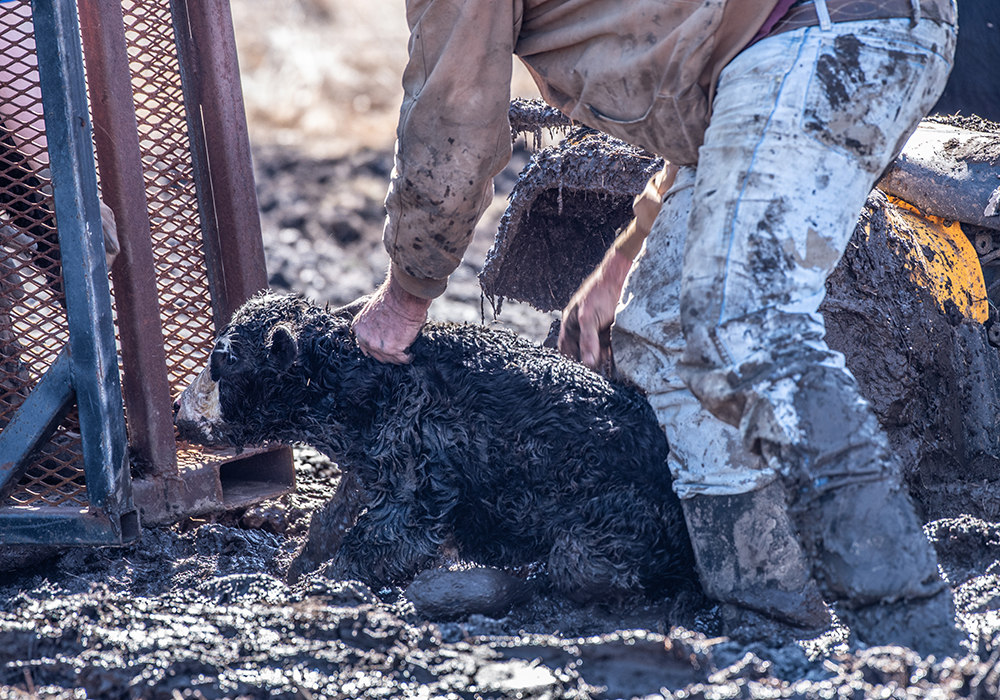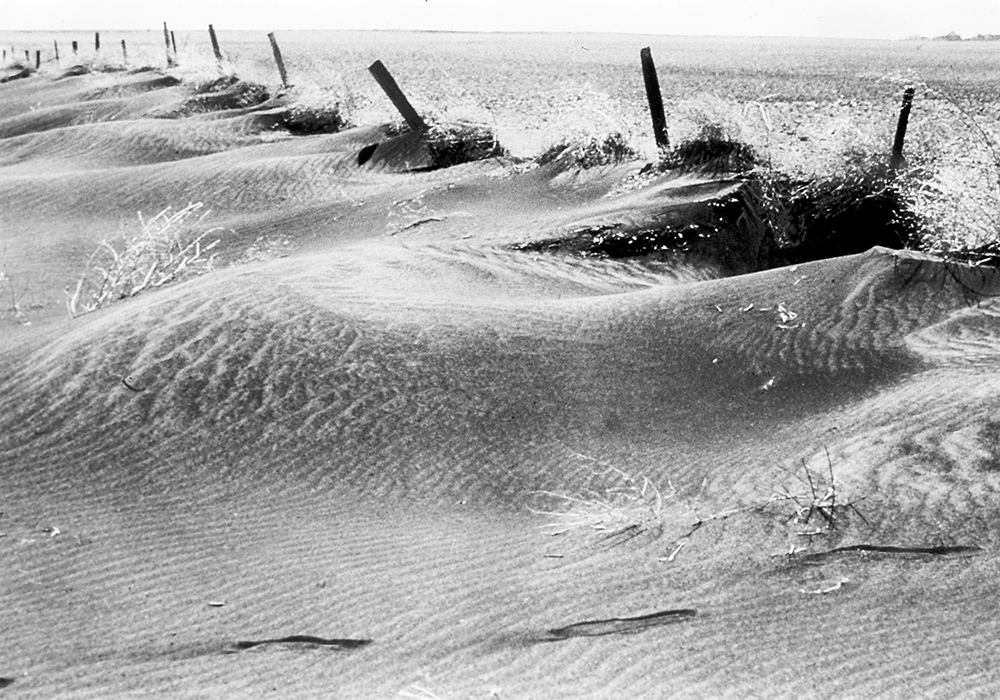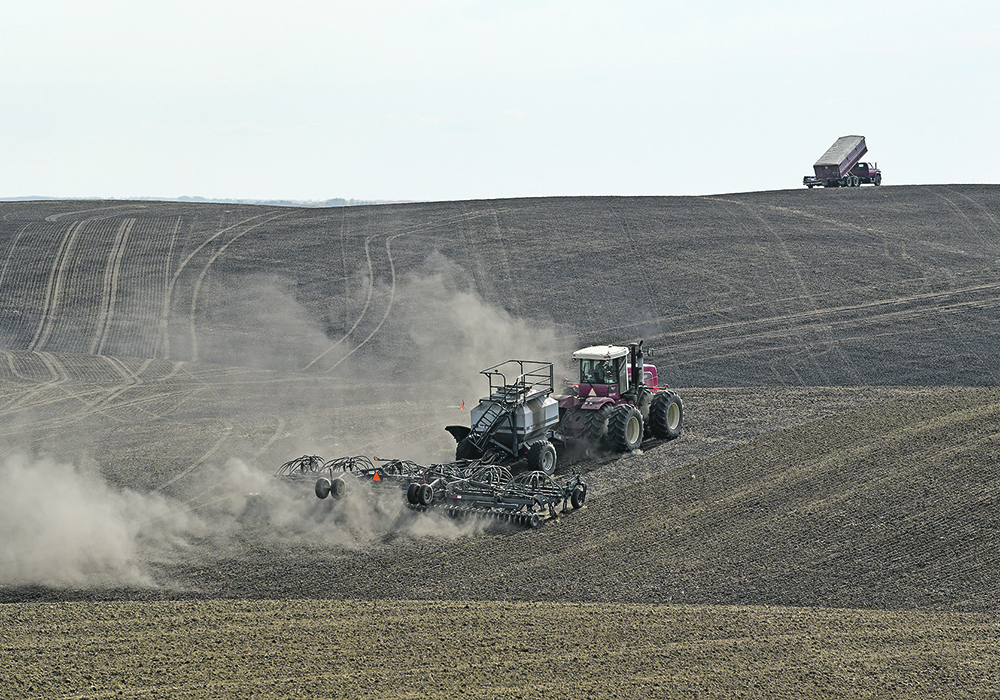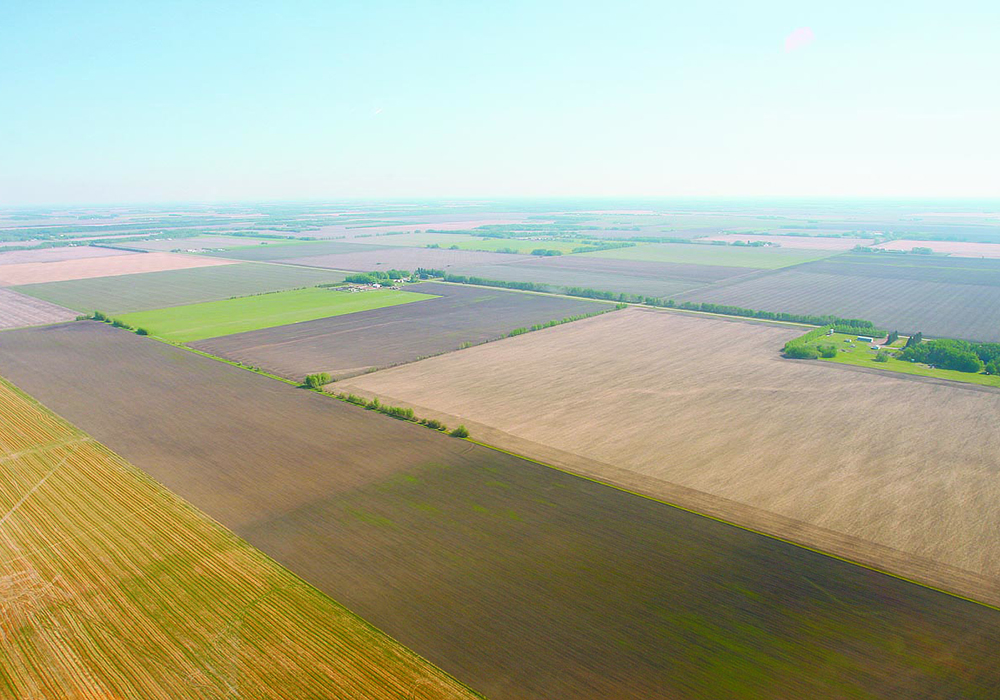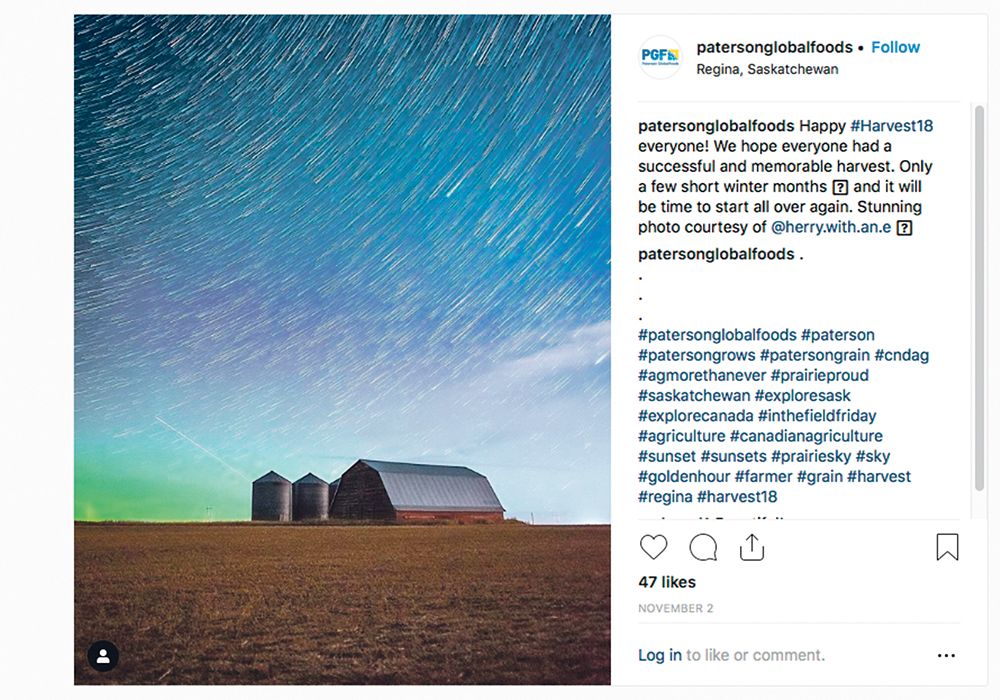The farmer was covered with credibility, wearing it like a dirty shirt.
In fact, he was wearing a dirty, torn shirt. It had the dust, grime and rips of a work shirt and wasn’t the sort of thing you’d wear to a social occasion.
That was something he noted as a photographer (me) shot pictures of him as he talked to visitors about how he manages his flooding-prone land to retain nutrients, avoid saturation and reliably produce crops.
“Obviously, I didn’t prepare my looks,” he said as I shot and the visitors chuckled.
Read Also

High prices see cow-calf producers rushing to incorporate
Farm accountants are reporting a steady stream of cow-calf producers rushing to get their operations incorporated ahead of selling their calves this fall.
“I hope you’re not spreading this all over the place in pictures.”
Of course, as a journalist, that’s exactly what I was about to do, but to me, that well-worn shirt wasn’t just part of the images I was taking, but a key detail of the reality I was trying to capture.
I was there to find out about real, field-level farming and practices from the man who actually farms it, and I didn’t want a clean and tidy, pre-packaged version of that reality.
If he had had time to run home and get a fresh set of clothes before talking to us, my photographs would have been a lot less truthful. Farmers don’t generally worry much about their outfits when they’re working with the soil, on machinery or in the dusty, greasy, grimy circumstances that are the workshops of agriculture.
That self-consciousness about the shirt is something I’ve witnessed with many farmers over the 27 years I’ve done this job. Farmers, like most people, have been raised to dress nicely for “picture day.”
I’ve got three school-age kids and I was exhorting them to “wear something nice and brush your hair” just a couple of weeks ago as school picture day loomed.
But those pictures always bother me because I realize they’re false representations. It isn’t just the fake backgrounds, it’s also the strange postures and dramatic lighting. My kids don’t really look like that.
Farmers I’ve visited have often asked for a moment to run off and put on clean clothes before showing me their operations. When I’ve taken out my camera to capture images, I’ve had farmers trade coats with sons and hired hands so that they will “look better.”
Often I try to stop them, explaining how I want images of the real farmer. Sometimes I’m successful and it always brings the photographs one step closer to an authentic image of a farmer in his environment.
This is a big thing in journalism and for newspapers like this one. We’re not trying to gloss up the reality out there and we don’t think readers want that. A farmer isn’t “relatable,” to use an over-used contemporary term, if they don’t look like a real farmer, and farmers know what that looks like.
This sort of commitment isn’t always shared by commercial, organizational and promotional publications, which are common in agriculture. There it is easy to find on glossy paper, gloriously shot portraits of farmers portrayed the way the company or organization thinks farmers fantasize about looking, and perhaps they’re right.
I’ve heard accounts of advice given at a conference to farm photographers to “take a clean shirt” along to an on-farm session so the farmer has something nice to wear. After all, this might be the only time they appear in a big publication.
That might be true, but if the only public image of them is a false one, you haven’t done them a service, I don’t believe. Most farmers want to see their reality reflected, not a candy-coated version of what they “should” look like, unless they’re the ones the lens is focused upon.
It’s natural to want to look good for photos, so farmers are acting like almost anybody else when they worry about their appearance, especially when the images might appear in a publication or website with thousands of readers.
But I’ll always hope to capture something closer to the on-field, in-shed reality when that’s what I’m trying to capture. Farming has a unique, grubby, greasy, grungy nature and that’s not something we should turn our eyes from. It’s beautiful.


